Plant Chill Hours: Why Are Chill Hours Important


You might see the term “chill hours” when looking at fruit trees online or notice it on a plant tag when shopping for them. If you’re giving serious consideration to starting a fruit tree in your yard or even planting a small orchard, you may have looked up the term. There you were confronted by another unfamiliar term-- vernalization -- and often a complicated description.
If you want to grow some fruit trees and need some simple information about plant chill hours and why they’re important, continue reading. We’ll attempt to break it down here in simple terms that are easy enough for anyone to understand.
What are Chill Hours?
Chilling hours are basically the hours between the temperatures of 34 and 45 degrees F. (1-7 C.) in autumn that will reach the tree. These are calculated for when the fruit tree is preparing itself to enter dormancy for winter. Hours when temperatures normally reach 60 degrees F. (15 C.) are not included and not counted as chill hours.
Many fruit trees require a time of exposure to temps that are low, but above freezing. These temperatures are required for the trees to perform as we expect them to, like producing flowers that become fruit.
Why are Chill Hours Important?
The proper minimum of chill hours is necessary for flowers and subsequent fruit to form on the tree. They tell the energy within the tree when to break dormancy and when to change from vegetative growth to reproductive. Hence, the apple tree blooms at the appropriate time and the fruit follows the flowers.
Trees that do not get the proper chilling hours may develop flowers at the wrong time or none at all. As you know, no flowers mean no fruit. Flowers that develop too early may be damaged or killed by frost or freeze. Improper flowering may create a reduced fruit set and reduced fruit quality.
Vernalization is another term for this process. Various trees have different chilling hour requirements. Nuts and most fruit trees need a required number of chill hours. Citrus and some other fruit trees don’t have a chill hour requirement, but most do. Trees with low chill hour requirements are available.
Gardening tips, videos, info and more delivered right to your inbox!
Sign up for the Gardening Know How newsletter today and receive a free copy of our e-book "How to Grow Delicious Tomatoes".
If you need to know how many chill hours a new tree needs, you can refer to the tag in the pot or you can research and go a little further. Most places that sell fruit trees purchase them wholesale by the USDA hardiness zone where the store is located. If you are not in the same zone or just want confirmation, there are places to look and calculators are available online. You can also contact your county extension office, which is always a good source for information.

Becca Badgett was a regular contributor to Gardening Know How for ten years. Co-author of the book How to Grow an EMERGENCY Garden, Becca specializes in succulent and cactus gardening.
-
 Go Big With Containers In Small Spaces! 5 Easy Hacks For Big Garden Pots In Small Gardens
Go Big With Containers In Small Spaces! 5 Easy Hacks For Big Garden Pots In Small GardensThe temptation with small gardens and patios is to make containers and planting ideas small – but we say go big! Try these practical hacks for beautiful big garden pots in small gardens
-
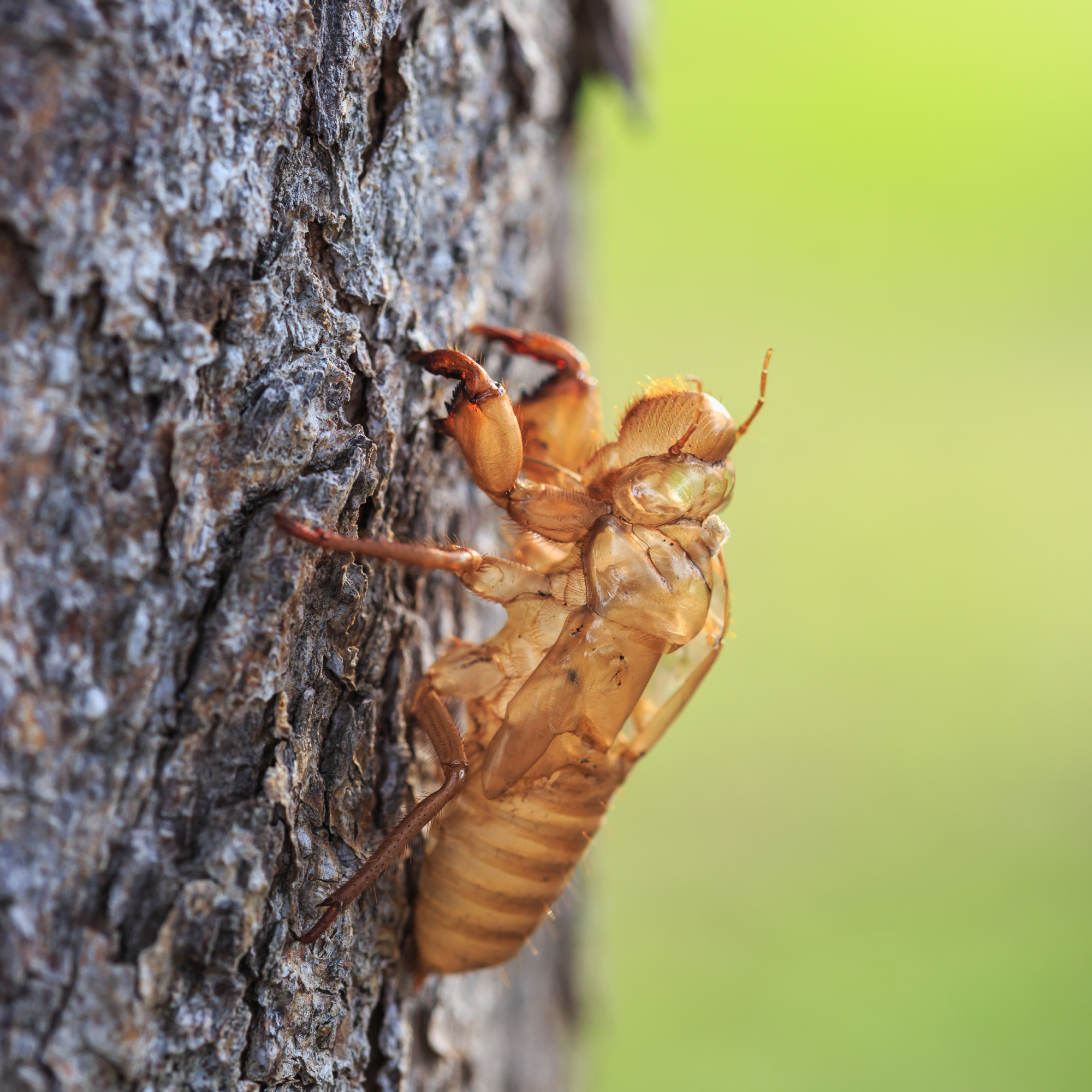 Not Sure What To Do With Cicada Shells Left By Brood XIV? Turn Them Into An All-Natural Fertilizer To Turbocharge Plants
Not Sure What To Do With Cicada Shells Left By Brood XIV? Turn Them Into An All-Natural Fertilizer To Turbocharge PlantsWondering what to do with cicada shells left lingering around your yard and garden? Turn the creepy carcasses into a nutrient-rich fertilizer plants will love!
-
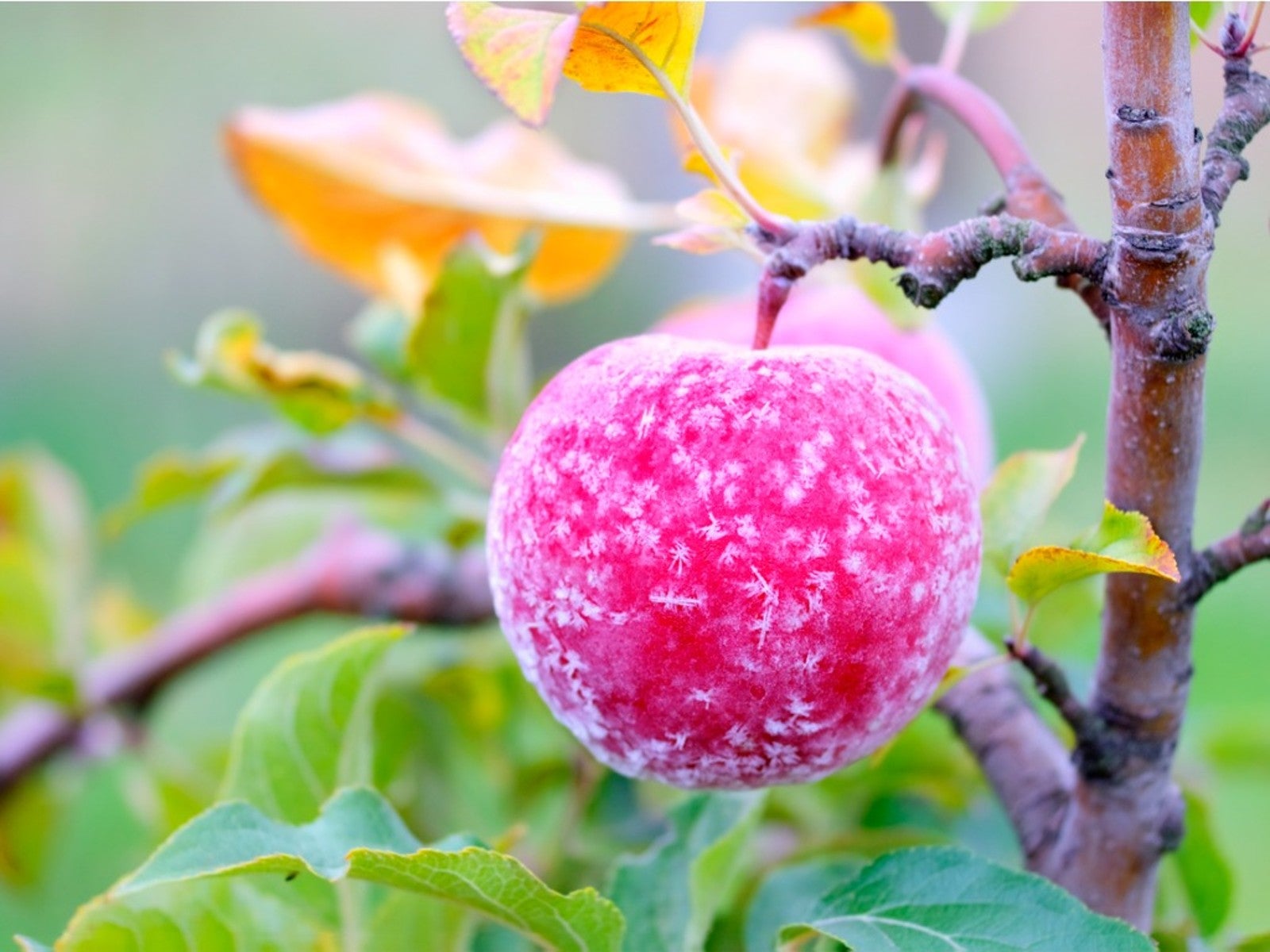 How To Protect Fruit Trees From Frost And Freeze
How To Protect Fruit Trees From Frost And FreezeChoosing fruit trees appropriate for your growing zone is best, but you still may need to protect them from extreme cold. Read how.
-
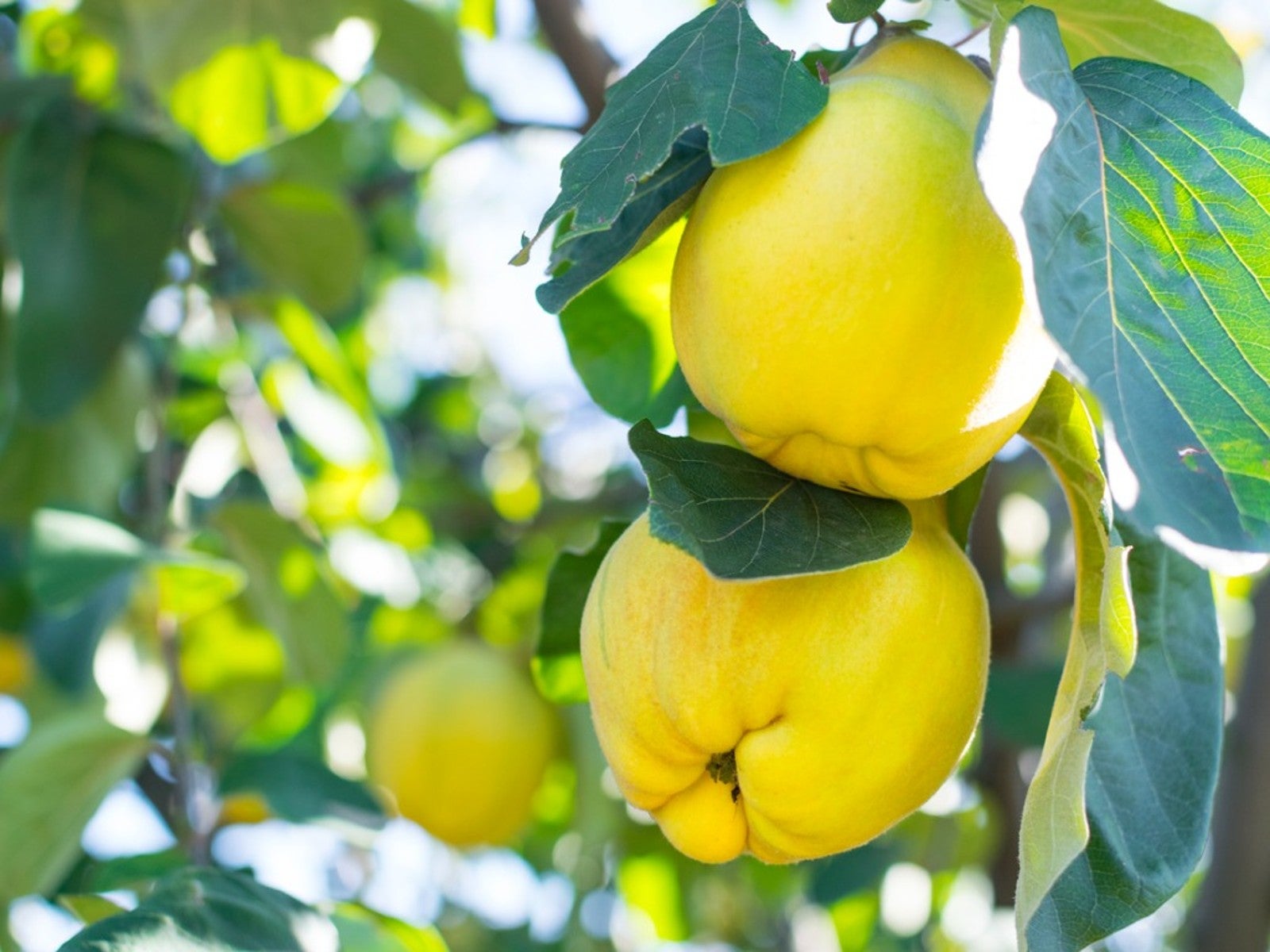 Best Plants For Late Summer and Fall Fruit Harvest
Best Plants For Late Summer and Fall Fruit HarvestEven if you don’t have the optimal conditions for more common fruit trees, there are other end of summer fruits to enjoy.
-
 Best Native Fruit Trees To Support Wildlife
Best Native Fruit Trees To Support WildlifeIf you want trees that will attract and feed wildlife, learn the best kinds of edible fruit and nut trees to plant for inviting specific creatures.
-
 Orange Fruit Varieties: Growing Fruits That Are Orange
Orange Fruit Varieties: Growing Fruits That Are OrangeOrange colored fruit isn’t limited to the citrus orange. There are plenty of other orange colored fruit varieties, each packing a healthful punch. Read on for more.
-
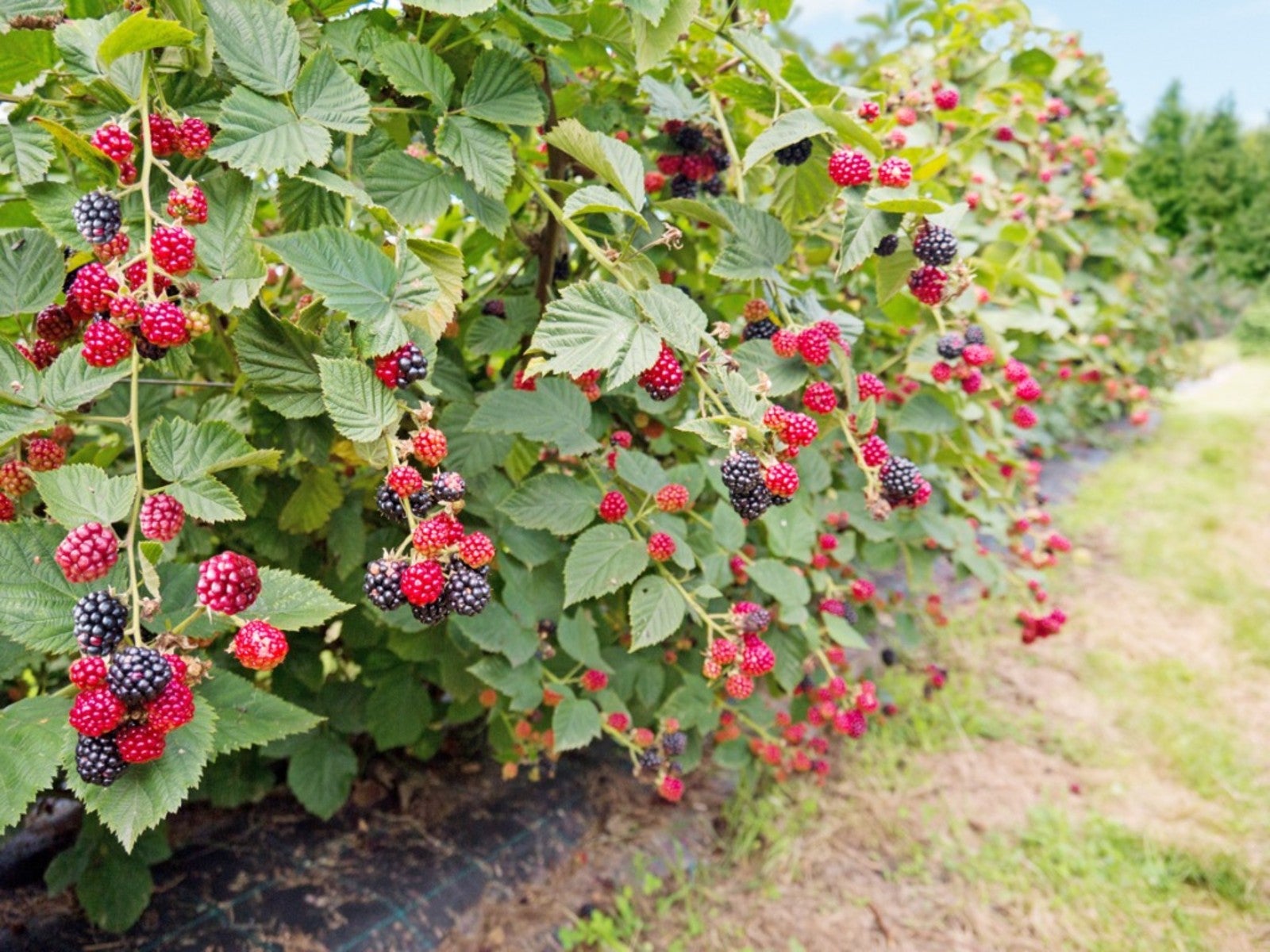 Everbearing Plants: Learn About Everbearing Varieties Of Fruit
Everbearing Plants: Learn About Everbearing Varieties Of FruitWhat does everbearing mean? And more importantly, how do everbearing varieties differ from non-everbearing types? Read on for more.
-
 Plant A Red Fruit Garden: Growing Fruits With Red Flesh
Plant A Red Fruit Garden: Growing Fruits With Red FleshPlanting a red fruit garden may seem a bit whimsical. That is, until you realize the health benefits of consuming fruits with red flesh.
-
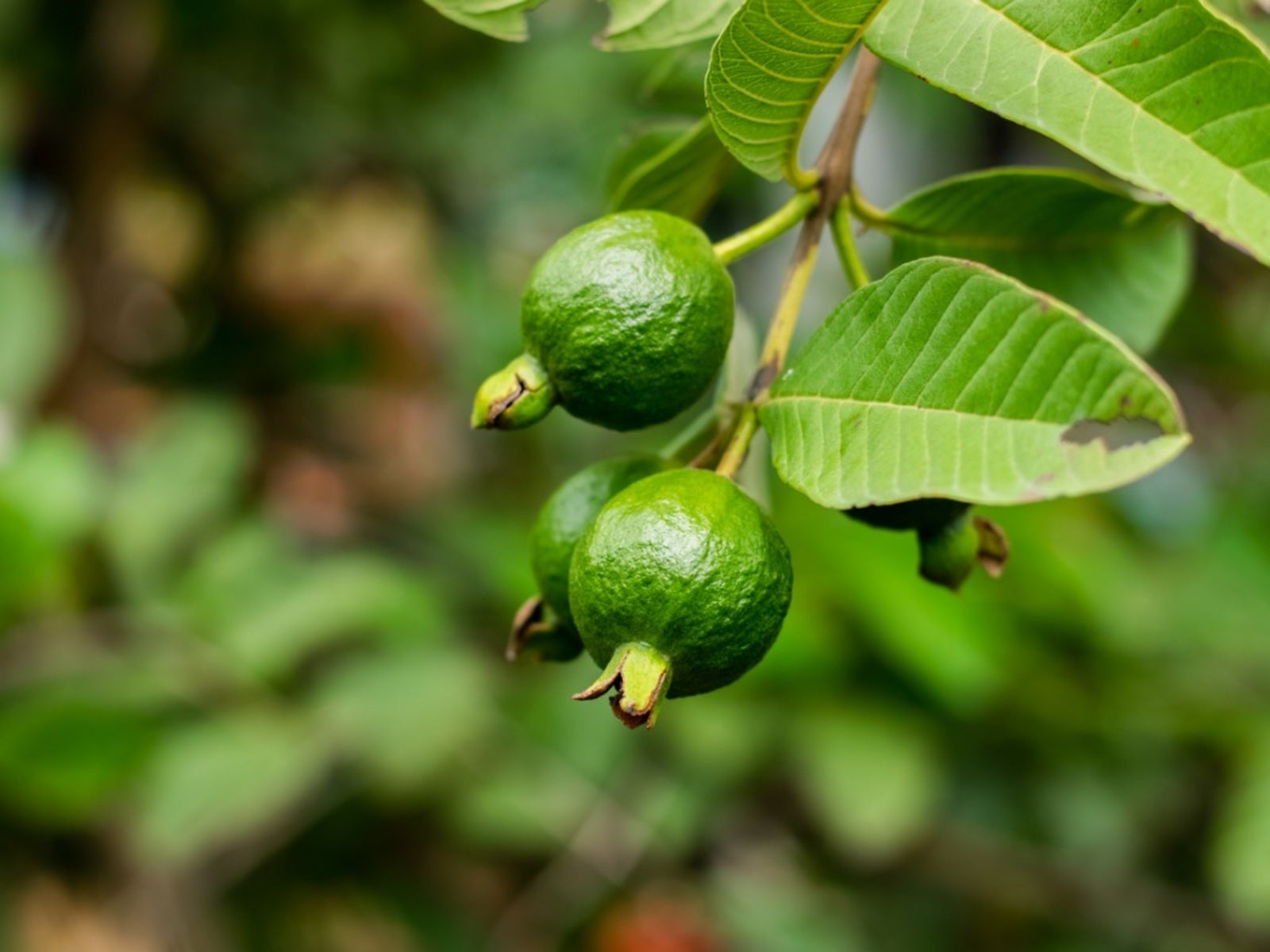 Heat Tolerant Fruits - Growing Fruit In Hot Weather
Heat Tolerant Fruits - Growing Fruit In Hot WeatherSome fruit grows in extreme heat naturally. But there are also specially cultivated, heat-tolerant varieties. For more information on heat tolerant fruits, read on.
-
 Yellow Fruit Varieties - Growing Fruit That Is Yellow
Yellow Fruit Varieties - Growing Fruit That Is YellowWhat fruit is yellow? There's more than the bananas at the supermarket. Try growing yellow fruit for a consistent supply of sunny food.